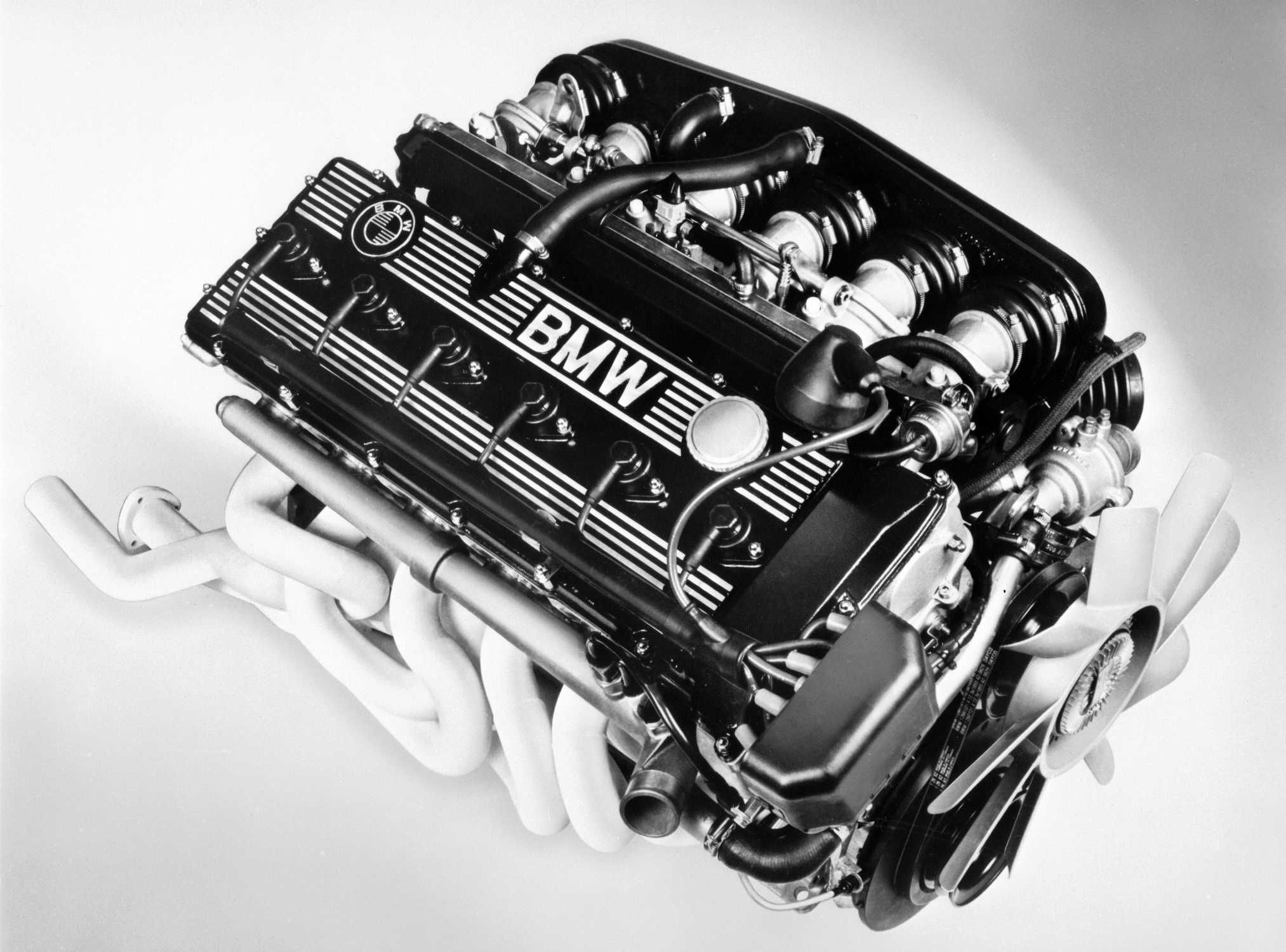A Beginner's Guide to Choosing the Right BMW Engine for Your Needs
A Beginner's Guide to Choosing the Right BMW Engine for Your Needs
Blog Article
Discovering the Advancement of Burning Engines in Modern Transport Equipments
As we navigate the landscape of modern transport, the development of combustion engines stands as a testimony to human resourcefulness and engineering expertise. The interaction of history, technology, and ecological worries in shaping the trajectory of burning engines produces a narrative that is both engaging and insightful.
Early Beginnings of Combustion Engines
How did the principle of combustion engines very first arise in the early phases of transportation advancement? The origins of combustion engines can be mapped back to the 17th century when the principles of interior burning were first checked out.
The advancement minute included the innovation of the initial successful gasoline-powered engine by Karl Benz in 1885 - bmw engine. This engine led the way for the advancement of the modern-day automobile, changing transportation systems worldwide. Subsequent innovations by Nikolaus Otto and Gottlieb Daimler even more improved burning engine innovation, leading to the automation of autos and the rapid development of the transportation sector
These early combustion engines were defined by their simplicity and effectiveness, laying the structure for the facility and powerful engines utilized in contemporary transport systems. The advancement of burning engines has actually been crucial in forming the means we take a trip and move items, noting a considerable turning point in the history of transportation development.
Transition to Internal Burning Innovation
The shift to internal burning modern technology noted a critical shift in the evolution of transport systems. This shift began in the late 19th century, with innovators like Nikolaus Otto and Gottlieb Daimler establishing the first effective inner combustion engines. These engines revolutionized transport by using a much more efficient and effective choice to heavy steam engines and electric motors.
Among the essential benefits of interior combustion engines was their capability to be reduced to suit vehicles, bring about the advancement of motorcycles and cars. This shift from cumbersome, stationary engines to portable, mobile ones led the way for the modern-day transportation systems we see today.
The change to internal burning technology additionally spurred innovations in fuel modern technology, resulting in the growth of gas and diesel as key fuel resources for vehicles. This change not just made transportation extra easily accessible to the masses yet likewise laid the structure for the oil and gas industry to end up being integral to worldwide economic situations.
Effect of Combustion Engines on Transport
The adoption of burning engines in transport systems catalyzed a profound change in the efficiency and speed of worldwide flexibility. Combustion engines reinvented transport by providing a trusted and versatile resource of power for various automobiles, consisting of vehicles, vehicles, ships, and aircrafts. This development dramatically enhanced the capability for goods and people to move over cross countries in much shorter period, leading to enhanced connectivity between areas and countries.
In addition, visit here the prevalent use combustion engines has had a significant effect on economic advancement. The capacity to move goods efficiently has actually stimulated profession and business, permitting services to increase their markets and get to consumers worldwide. This has helped with financial growth and globalization, as products can now be carried faster and in larger quantities than ever.
However, the environmental impact of combustion engines can not be forgotten. The burning of nonrenewable fuel sources has actually led to air pollution and greenhouse gas exhausts, adding to climate change and posturing wellness dangers to populations. bmw engine. Consequently, there is an expanding emphasis on developing different propulsion innovations to reduce these negative results and produce a more lasting future for transportation
Innovations in Burning Engine Design
One notable innovation is the development of turbocharged engines, which use exhaust gases to drive a turbine that compresses incoming air, allowing for more fuel to be burnt, resulting in increased power output without a significant boost in engine size. Variable valve timing systems have also transformed engine style by optimizing airflow at various engine rates, boosting both power and effectiveness. These advancements jointly contribute to the constant improvement of combustion engines in modern-day transport systems.
Future Patterns in Combustion Engine Development
With technology advancements driving continual technology, the future of combustion engine development is poised to transform transport systems internationally. Among the crucial fads in combustion engine growth is the push in the direction of higher efficiency and decreased exhausts. Suppliers are spending greatly in research and development to improve engine efficiency while satisfying rigorous ecological regulations. This consists of the assimilation of sophisticated gas injection systems, improved turbocharging methods, and making use of light-weight materials to enhance fuel usage and reduce carbon exhausts.
An additional prominent trend is the fostering of hybrid innovations in burning engines. Hybrid engines combine standard combustion innovation with electrical power, offering enhanced fuel effectiveness and reduced emissions. As the automobile market changes towards electrification, crossbreed burning engines are viewed as a transitional service that connects the space in between standard vehicles and fully electric why not try these out ones.
Additionally, the integration of clever technologies, such as expert system and information analytics, is anticipated to play a substantial duty in the future of burning engine development. These innovations can enhance engine performance in real-time, leading to a lot more effective burning procedures and improved general automobile efficiency. Accepting these future patterns will not only drive development in combustion engine growth but also contribute to an extra ecologically friendly and sustainable transportation ecosystem.

Verdict
In verdict, the evolution of combustion engines in modern transportation see here now systems has been marked by significant developments in innovation and style. From the early beginnings of combustion engines to the transition to internal burning technology, these engines have actually had an extensive influence on transport. Advancements in burning engine style continue to drive development in this field, with future trends concentrating on more boosting effectiveness and minimizing discharges. The future of combustion engines in transportation looks encouraging as study and advancement efforts remain to press borders.
The roots of burning engines can be mapped back to the 17th century when the principles of inner combustion were first discovered. These engines reinvented transportation by supplying a much more powerful and reliable option to vapor engines and electrical motors.

Report this page